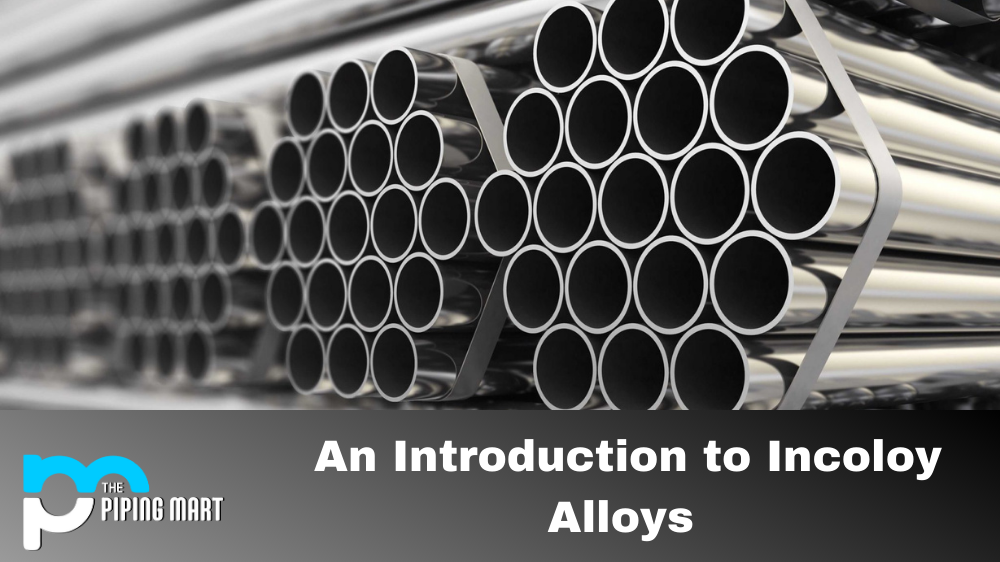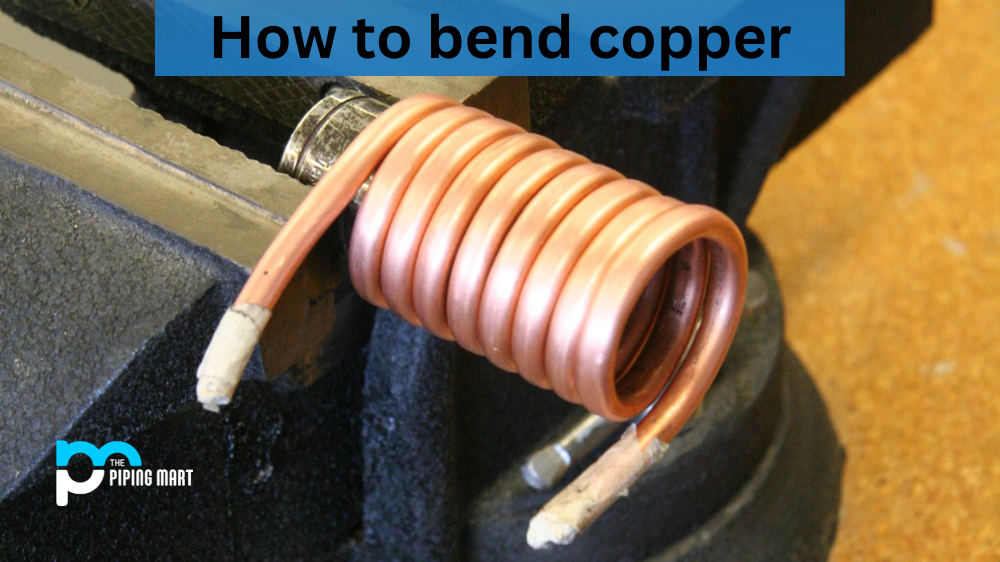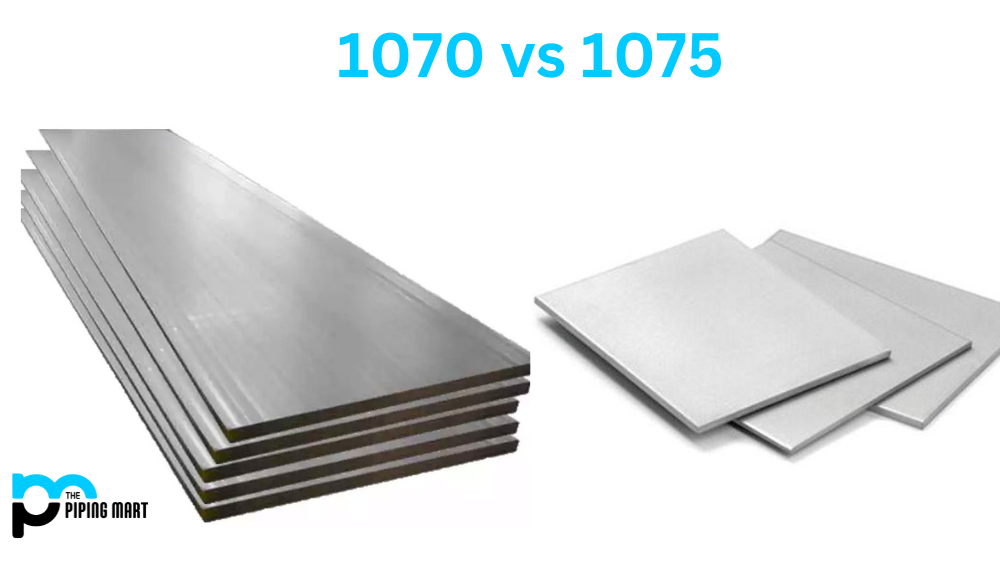When it comes to metalworking, there are a lot of different factors to consider when selecting the right materials for a particular application. Two common metals used in many industrial applications are Monel 400 and Hastelloy C276. Both have their own unique properties and applications, but how do they compare? Let’s take a look at some of the key differences between these two metals to help you make an informed decision when selecting which one is best for your project.
Monel 400
Monel 400 is a nickel-copper alloy made from 67% nickel and 23% copper. This makes it resistant to corrosion, as well as extremely strong and tough. These properties make it a popular choice for industrial applications. Some of its common uses include in chemical processing plants, aerospace engineering, and shipbuilding. Despite its strength, Monel 400 is also easy to shape and form into the desired shapes needed in a wide range of industries. Because of its diverse applicability, material cost savings can be increasingly passed on to customers – making it an ideal choice for those who are looking for a reliable and cost effective solution.
Hastelloy C276
Hastelloy C276 is a superalloy that was developed by Haynes International in the year 1960. It is made of nickel, chromium and molybdenum which gives it excellent corrosion resistance properties. This allows this material to be used in many applications including chemical processing, power generation, hydrochloric acid production and marine engineering. Despite being more expensive than other metals, Hastelloy C276 provides a good return on the investment due to its strength and reliability. Its resistance to heat makes it particularly useful in industries that require heat or stress resistant materials such as aerospace and nuclear engineering – helping manufacturers deliver products of higher quality without compromising on durability.
Monel 400 vs. Hastelloy C276
Corrosion Resistance
One of the main differences between Monel 400 and Hastelloy C276 is their corrosion resistance capabilities. Monel 400 has excellent corrosion resistance in seawater, making it ideal for marine environments. In addition, it has good resistance to acids and alkalis, making it suitable for chemical processing applications. On the other hand, Hastelloy C276 has superior corrosion resistance capabilities in both acidic and alkaline environments, making it ideal for more corrosive applications such as those involving sulfuric acid or hydrochloric acid.
Properties
Monel 400 and Hastelloy C276 are two of the most widely used alloy metals for industrial applications due to their superior material properties. While both have high strength properties, Monel 400 is more ductile and easier to shape than Hastelloy C276, which can be treated to increase its ductility. Both alloys are corrosion resistant and oxidation resistant, but when exposed to highly acidic compounds, Monel 400 demonstrates superior performance in comparison to Hastelloy C276. The mechanical properties of each also differ slightly; for instance, Hastelloy C276 has a higher ultimate tensile strength and yield strength despite being less ductile. Ultimately, when considering these two alloys for an application, it is important to weigh each one’s unique properties against their costs to determine the best option for your project.
Strength & Durability
Both Monel 400 and Hastelloy C276 offer excellent strength and durability compared to other metals on the market. However, there are some key differences between them that should be taken into consideration. For instance, Monel 400 is much harder than Hastelloy C276, making it more suitable for high-temperature applications where strength is needed. Additionally, Monel 400 has better weldability than its counterpart due to its higher nickel content.
Cost
While both of these metals offer excellent performance capabilities, their cost can vary greatly depending on which one you choose. Generally speaking, Monel 400 is less expensive than Hastelloy C276 due largely in part to its lower nickel content (2% vs. 21% Nickel). This factor should be taken into consideration if you’re on a tight budget or if cost savings are an important factor for your project.
Conclusion
Ultimately, the decision of which metal is best depends on what your application requires from it in terms of strength, durability, and corrosion resistance, as well as cost considerations. By comparing the properties of both Monel 400 and Hastelloy C276 side-by-side, you will be able to determine which one will work best for your project’s needs. With this information in mind, you can make an informed decision when selecting between them for your next metalworking project!

Pipingmart is B2B portal specializes in industrial, metal and piping products. Also, share latest information and news related to products, materials and different types grades to help business dealing in this industry.




